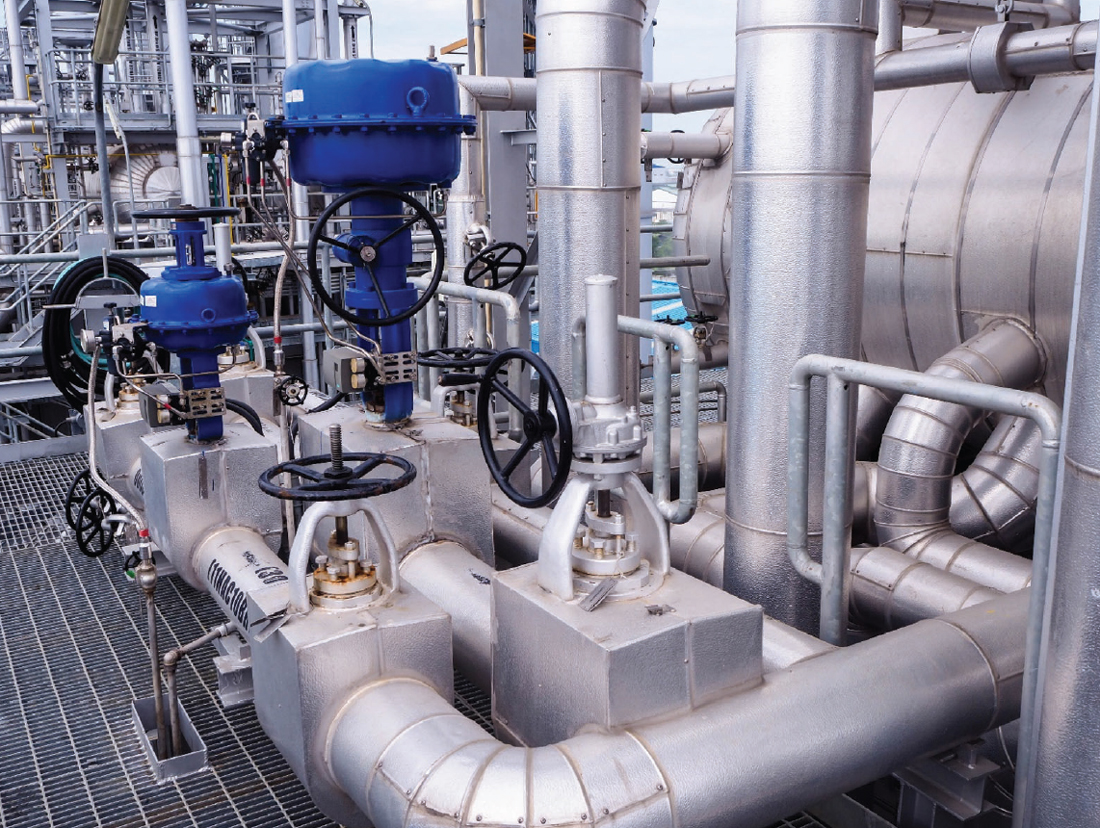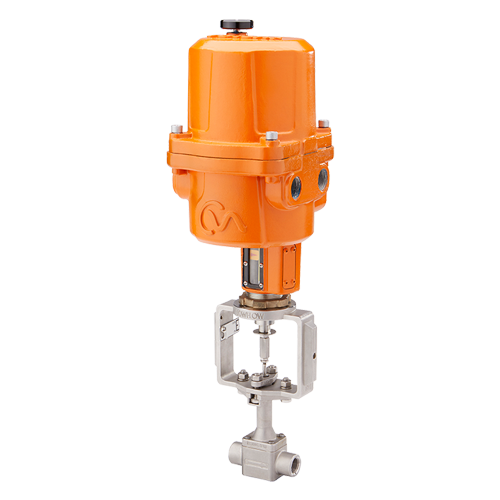Maximizing System Control with High-Performance Control Valves

Maximize Energy Financial Savings and Convenience With Advanced Structure Automation Controls
In the realm of modern style and facility management, the combination of innovative structure automation manages stands as a pivotal development. The merging of technology and sustainability has actually birthed a new era where energy performance, comfort optimization, and functional streamlining are no more distant desires yet attainable realities. By harnessing the power of automation, buildings can adapt, react, and evolve in manner ins which were when unthinkable. The potential for substantial energy savings and boosted convenience is not simply an assurance however a possibility waiting to be satisfied. This paradigm shift in building administration holds the crucial to unlocking a world where ecological conscientiousness and owner wellness sympathetically exist side-by-side within the wall surfaces of our structures.
Energy Efficiency Benefits
Power efficiency benefits can substantially minimize energy consumption and functional expenses in structures. Energy-efficient systems, such as innovative building automation controls, can enhance the use of sources like air conditioning, home heating, and lighting, leading to reduced power expenses over time.
Furthermore, boosted energy effectiveness can lengthen the life-span of building equipment and systems. By running extra effectively, HVAC systems, lighting fixture, and other building elements experience much less wear and tear, causing minimized upkeep and replacement costs. Additionally, energy-efficient buildings frequently command greater home values and rental rates, providing lasting financial advantages to proprietors.
Additionally, power performance can boost resident comfort and performance. Appropriately regulated interior environments with ideal illumination and thermal problems create a more pleasant and favorable work space, causing improved worker complete satisfaction and efficiency. In general, the energy efficiency benefits connected with advanced building automation controls are diverse, including expense financial savings, ecological stewardship, and passenger wellness.
Boosted Convenience Control
Enhancing comfort control in building atmospheres needs a sophisticated integration of advanced automation systems for optimal occupant well-being. By utilizing sophisticated structure automation controls, facilities can tailor the interior setting to meet the particular demands and choices of passengers. control valves.
Improved comfort control surpasses standard temperature level adjustments. It includes attributes such as customized setups, tenancy sensing units, and all-natural light use to create a vibrant and responsive setting. By integrating these sophisticated controls, buildings can not only boost comfort yet also enhance power efficiency by enhancing system operations based on real occupancy and usage patterns. Eventually, prioritizing owner convenience with sophisticated automation systems causes an extra delightful and healthier interior atmosphere.
Operational Efficiency Improvements

Moreover, the execution of real-time surveillance and analytics devices makes it possible for building operators to recognize power inefficiencies and functional anomalies quickly. By continually monitoring power use patterns and system performance metrics, changes can be made in real-time to optimize energy consumption and guarantee peak operational performance. control valves. In addition, including demand action approaches into structure automation controls can better boost operational performance by dynamically changing power usage based upon grid conditions and rates signals
Indoor Climate Optimization
Efficient indoor environment optimization is a fundamental facet of building automation controls, guaranteeing passengers' convenience and health while maximizing energy savings. By utilizing innovative sensors and controls, constructing automation systems can constantly change and check temperature level, moisture degrees, air quality, and air flow to produce an optimal indoor setting. Keeping comfy and regular problems not only boosts owner complete satisfaction yet additionally enhances productivity and general well-being.
Interior environment optimization likewise plays an important role in energy effectiveness. By fine-tuning air flow, cooling, and home heating systems based on real-time data and tenancy patterns, constructing automation controls can considerably decrease power intake - control valves. Executing approaches such as demand-controlled air flow and thermal zoning can help decrease energy waste while ensuring that each location of the building receives the essential conditioning.

Lasting Environment Creation
Building automation regulates not only optimize interior climate problems for energy effectiveness and occupant convenience discover this however also lay the structure for developing a sustainable atmosphere via critical management of resources and systems. By incorporating innovative building automation technologies, such as sensors, actuators, and smart software program, centers can change and keep an eye on power use in real-time to reduce waste and decrease their carbon footprint. These systems allow predictive maintenance, determining possible concerns before they rise and enhancing devices performance to improve durability and performance.
Additionally, lasting setting development additional info prolongs past power administration to incorporate water preservation, waste reduction, and interior air top quality renovation. Building automation controls can regulate water use, discover leaks, and make sure correct waste disposal techniques, adding to overall sustainability initiatives. Additionally, by monitoring and regulating ventilation and purification systems, these modern technologies boost occupant health and efficiency while lowering energy intake connected with heating and cooling operations.
Verdict
Finally, progressed building automation regulates offer substantial advantages in terms of energy savings, convenience control, operational efficiency, interior climate optimization, and creating a lasting environment. By executing these controls, buildings can achieve ideal efficiency while reducing power intake and enhancing passenger comfort. It is apparent that making use of innovative automation modern technology is important in improving structure efficiency and developing a much more sustainable future.
Power performance benefits can significantly lower energy intake and operational prices in structures. Generally, the power performance benefits connected with sophisticated building automation controls are multifaceted, encompassing price financial savings, ecological stewardship, and resident well-being.
In addition, integrating need reaction methods right into building automation controls can further enhance operational performance by dynamically readjusting power usage based on grid conditions and rates signals.
Building automation manages not just maximize indoor environment problems for power performance and resident convenience yet additionally lay the foundation for producing a lasting atmosphere with calculated monitoring of systems and sources.In verdict, progressed building automation controls offer significant advantages in terms of power cost savings, convenience control, operational efficiency, indoor i was reading this environment optimization, and producing a sustainable setting.